At the seminar, scientists , experts, leaders of ministries, branches and localities pointed out the causes of river pollution and proposed many solutions to revive rivers in the capital...
Delegates attending the discussion. Photo: Hoang Son
Many rivers lose their natural functions.
According to the Department of Water Resources Management ( Ministry of Natural Resources and Environment ), the river pollution in Vietnam in general and Hanoi in particular has exceeded the alarm threshold. Rivers that are the lifeblood of urban areas have gradually become "giant wastewater channels", completely losing their ecological regulation function. The inner-city river system of Hanoi, the Nhue - Day river system, the Cau river or the Bac Hung Hai canal... are all falling into a state of serious degradation.
Tien Phong Newspaper Editor-in-Chief Phung Cong Suong speaks at the seminar. Photo: Hoang Son
Tien Phong Newspaper Editor-in-Chief Phung Cong Suong frankly pointed out: “We all feel the decline of the rivers. 30 years ago, people could still fish on the To Lich River and pick water spinach on the Kim Nguu River. Now, there is only a foul smell and black water flowing across the street.”
The story of To Lich River or Nhue River is not only the pain of Hanoi city, but also reflects the general situation of many urban rivers in our country. Analysis from experts shows that there are many reasons leading to the "dead river" situation. First is the rapid urbanization process while the wastewater treatment infrastructure has not kept up. Deputy Director of the Department of Water Resources Management Nguyen Hong Hieu said that the amount of domestic wastewater in urban areas is currently about 9 million m³/day, but only less than 17% is treated; the rest is discharged directly into rivers, canals, ponds and lakes.
Not only domestic wastewater, industrial zones and craft villages also contribute significantly to pollution. Among nearly 300 industrial zones nationwide, there are still some that do not have a centralized wastewater treatment system. Small-scale, manual production facilities, especially in traditional craft villages, often treat wastewater spontaneously, discharging it directly into the environment without treatment.
Nhue River in Hanoi city area is seriously polluted. Photo: Internet
In addition, the indiscriminate use of chemical fertilizers, pesticides, and animal feed also causes toxic chemicals to flow into rivers and streams. Uncontrolled sand mining and river dredging activities lead to a decrease in river flow. The combined effects, along with lack of monitoring, make pollution a common and difficult-to-control phenomenon.
Director of the Vietnam Institute of Water Resources Tran Dinh Hoa said that there are still structural factors, such as the lack of regional linkages in wastewater management and land use planning. Rivers do not have administrative boundaries, but management policies are still fragmented and localized, leading to the situation of "upstream discharge, downstream burden".
Sharing at the discussion, Deputy Director of the Hanoi Department of Agriculture and Environment Nguyen Dinh Hoa said that Hanoi is facing pollution in inner-city rivers, including some reservoirs in the city. "We are reviewing and assessing the pollution level of rivers and lakes to advise Hanoi to deploy treatment solutions. The Department also advises on assigning responsibilities and raising awareness of commune-level officials after the arrangement of two-level local authorities in the management and environmental protection of rivers. We must step up and propagate to people to raise awareness of environmental protection," said Mr. Nguyen Dinh Hoa.
Deputy Director of Hanoi Department of Agriculture and Environment Nguyen Dinh Hoa spoke at the seminar. Photo: Hoang Son
In recent times, Hanoi has gradually implemented measures to deal with river pollution, notably investing in the construction of the first and second phases of the drainage project, building the Yen Xa wastewater treatment plant, and solutions for cleaning, dredging, and collecting domestic wastewater along the To Lich River. However, the results are still very modest. The reason is that the current solutions are mostly individual, lacking systematic and sustainable linkages.
Not only Hanoi, but also localities in the same basin, such as Hung Yen and Ninh Binh, are also seriously affected by inter-regional pollution. Deputy Director of the Department of Agriculture and Environment of Ninh Binh province, Le Hung Thang, shared that as a downstream province, Ninh Binh is almost powerless to control the wastewater from upstream. The pollution indexes of COD and BOD always exceed the allowable threshold, especially in the dry season.
Notably, the inter-regional coordination mechanism is not effective. The Nhue - Day River Commission was previously established to connect localities in the basin, but was not maintained after the administrative division. Ninh Binh is proposing to re-establish the inter-regional commission of river basins to create a connection between upstream and downstream, improving common response capacity.
Promoting regional connectivity
In response to warnings from experts and management practices, it is clear that the renovation and revival of polluted rivers in Hanoi and neighboring cities cannot continue with the mindset of “patching the holes”. Therefore, experts believe that in order for the rivers to no longer be a haunting problem, the capital city of Hanoi needs a systematic, long-term strategy, placed within the overall strategy of sustainable urban development.
Deputy Director of the Department of Water Resources Management Nguyen Hong Hieu speaks. Photo: Hoang Son
First of all, Deputy Director of the Department of Water Resources Management (Ministry of Agriculture and Environment) Nguyen Hong Hieu proposed that Hanoi city in particular and provinces and cities sharing rivers need to build and promulgate a model of river basin organization, gradually piloting to restore water sources; invest in a system of collecting and thoroughly treating waste and wastewater; at the same time build regulating works to ensure the flow, especially increasing the water flow for inner-city rivers... Strive to ensure that the wastewater treatment rate reaches more than 80% in the next 5 to 10 years. Strictly control wastewater from industrial parks, craft villages, residential areas, especially facilities that have not invested in standard treatment systems. Projects such as Yen Xa Factory need to be accelerated and operated synchronously.
Some experts believe that localities must build and implement regional linkage mechanisms in river basin environmental management. It is impossible for localities to “do it their own way”, with upstream discharges leaving downstream to shoulder the burden. Re-establishing inter-provincial river basin committees such as Nhue - Day is a key solution, helping to unify actions, share information, and thoroughly address chain sources of pollution.
(Fake image created by ChatGPT)
In addition, it is necessary to strengthen environmental education and raise public awareness - from students to businesses and citizens. Strongly spreading good awareness and correct actions in environmental protection will create a foundation for social consensus in the work of cleaning and reviving rivers. In particular, if Hanoi wants to develop green, clean and livable, restoring the ecological function, landscape and cultural value of historic inner-city rivers is a mandatory task.
The revival of rivers requires not only technical projects, but more importantly, a revival in development thinking, in the view of the environment and community benefits. This is the time for Hanoi to clearly demonstrate political determination, to turn “dead rivers” back into streams of life, not only for today but also for future generations.
Source: https://hanoimoi.vn/ha-noi-giai-bai-toan-hoi-sinh-cac-dong-song-o-nhiem-708665.html


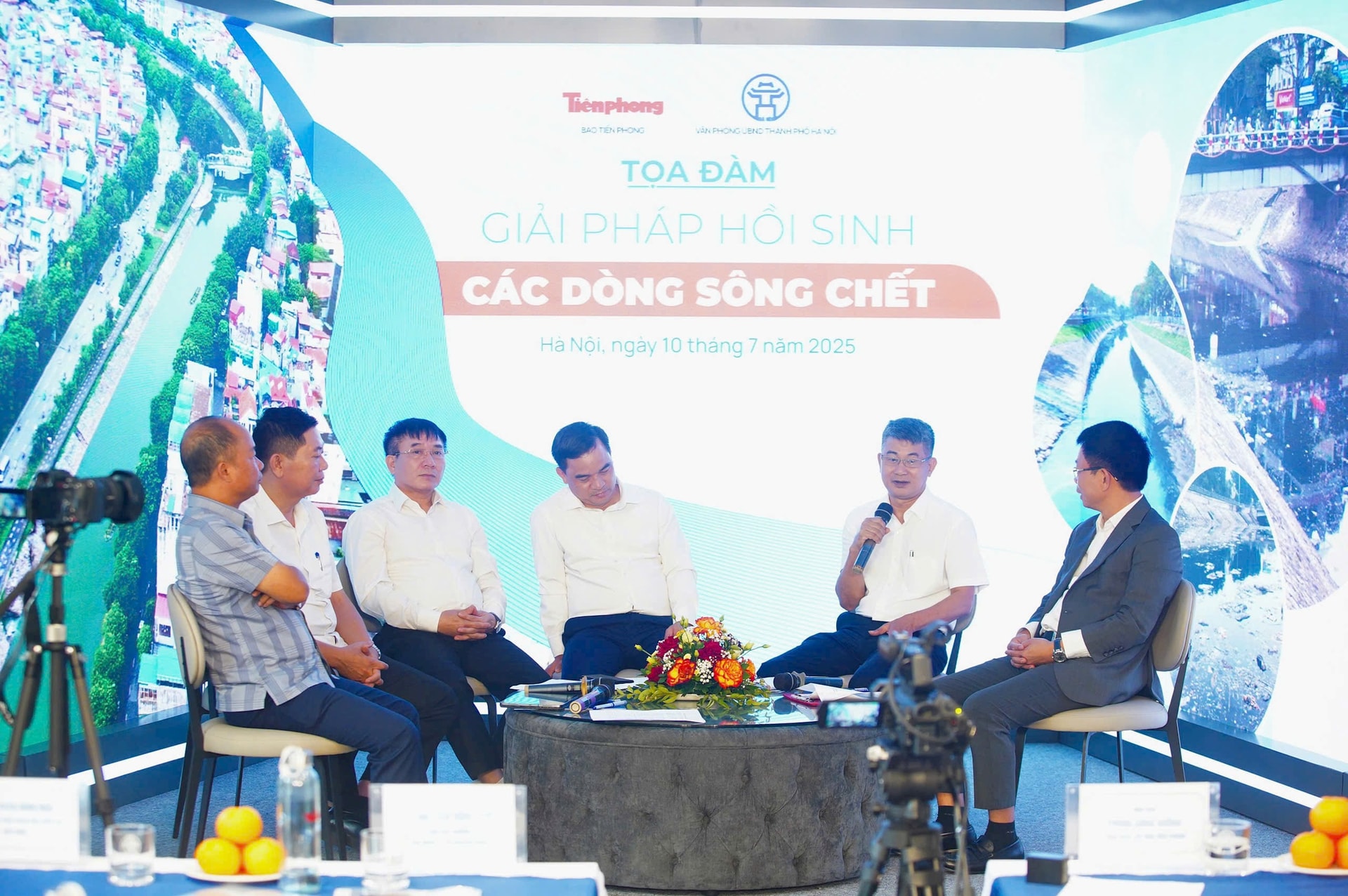
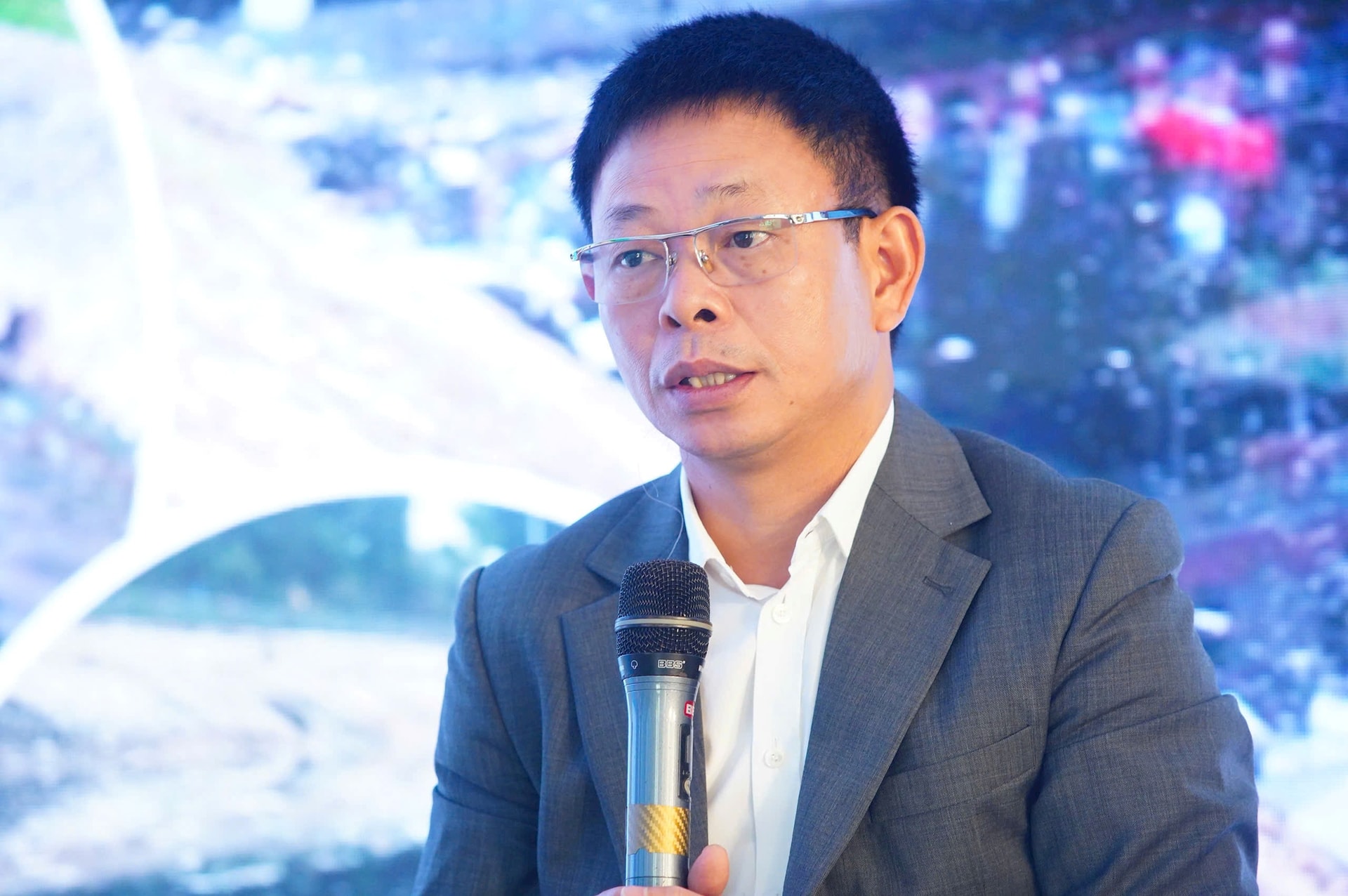
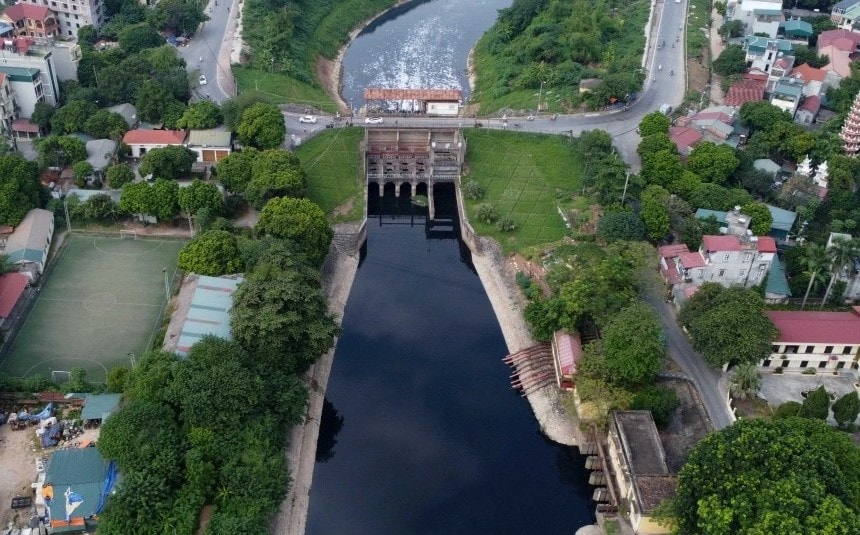
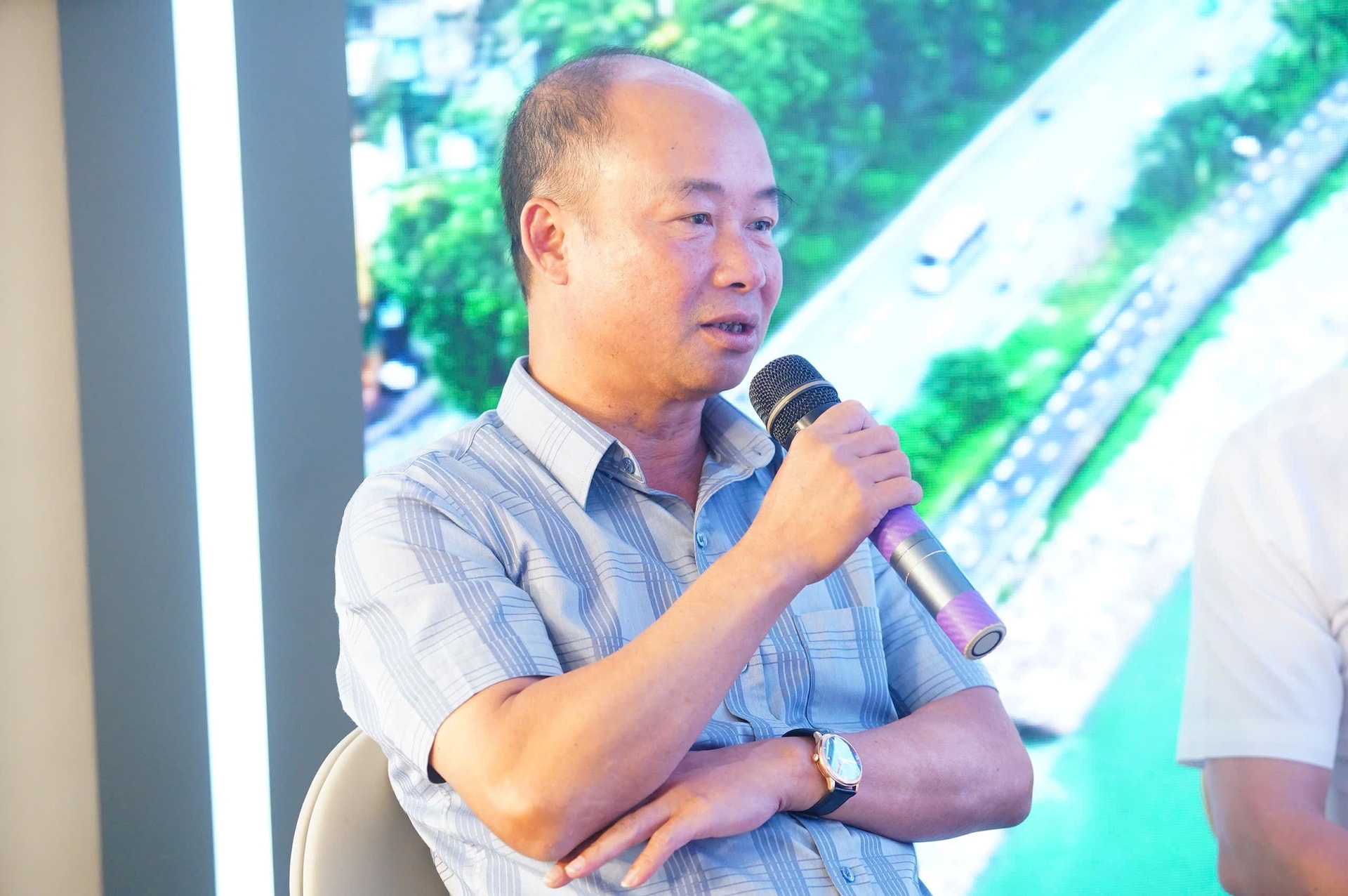

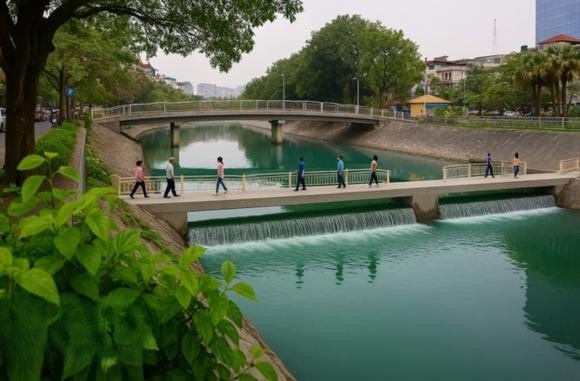



![[Photo] Cat Ba - Green island paradise](/_next/image?url=https%3A%2F%2Fvphoto.vietnam.vn%2Fthumb%2F1200x675%2Fvietnam%2Fresource%2FIMAGE%2F2025%2F12%2F04%2F1764821844074_ndo_br_1-dcbthienduongxanh638-jpg.webp&w=3840&q=75)







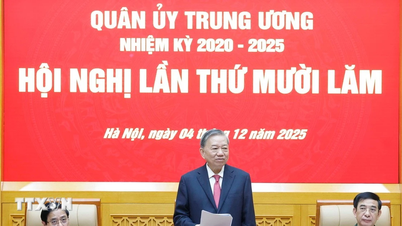

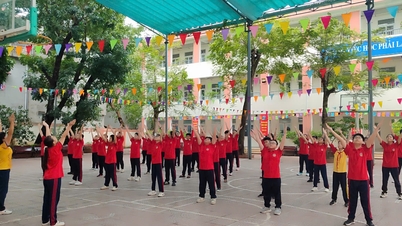

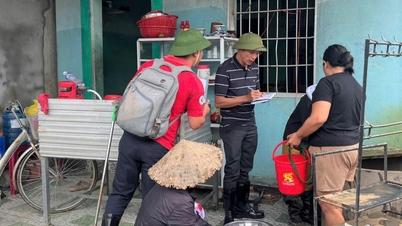
















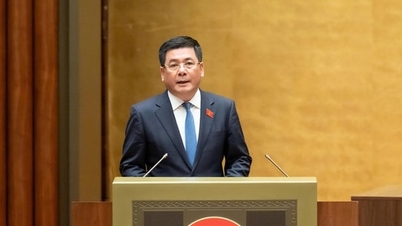

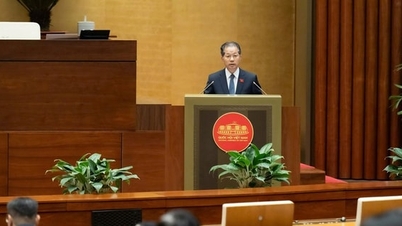
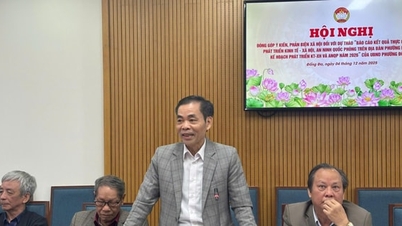

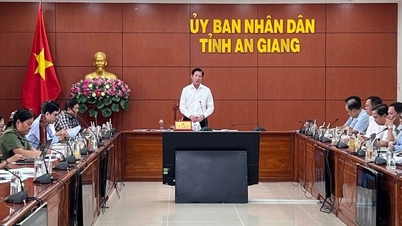

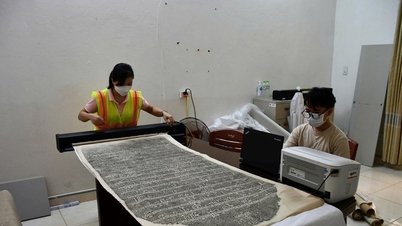





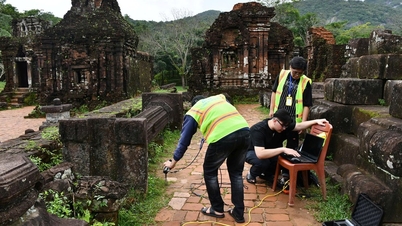
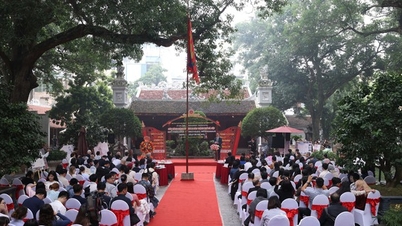



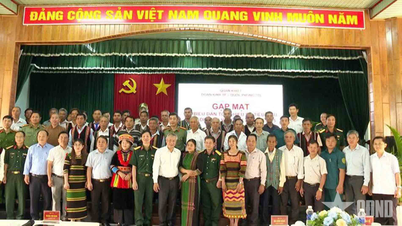

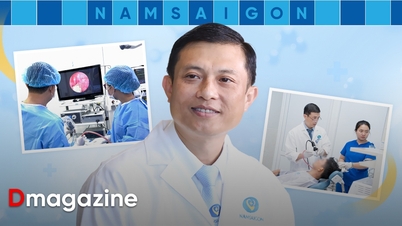

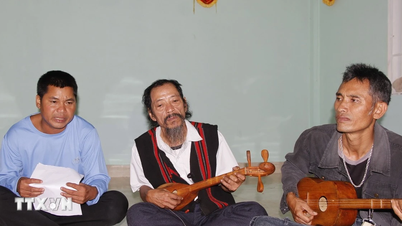


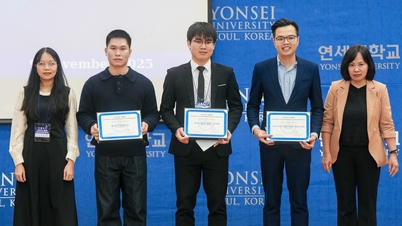
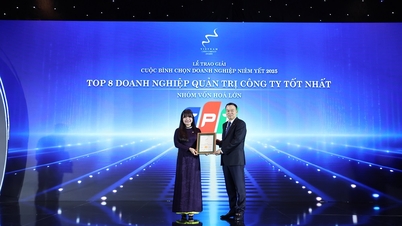



![[VIMC 40 days of lightning speed] Da Nang Port: Unity - Lightning speed - Breakthrough to the finish line](https://vphoto.vietnam.vn/thumb/402x226/vietnam/resource/IMAGE/2025/12/04/1764833540882_cdn_4-12-25.jpeg)

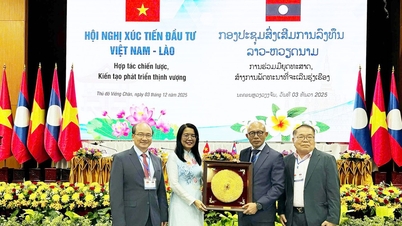
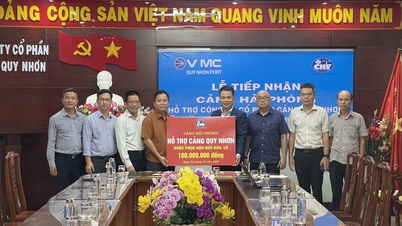
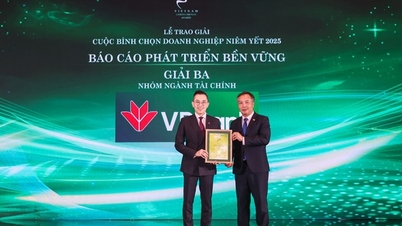
















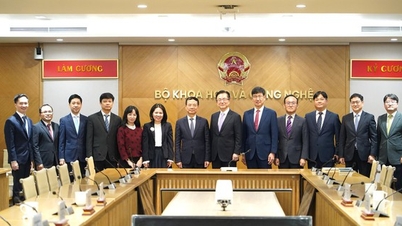









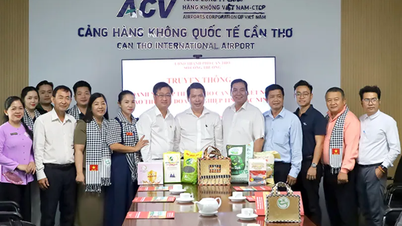


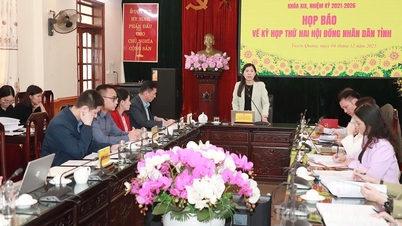












Comment (0)